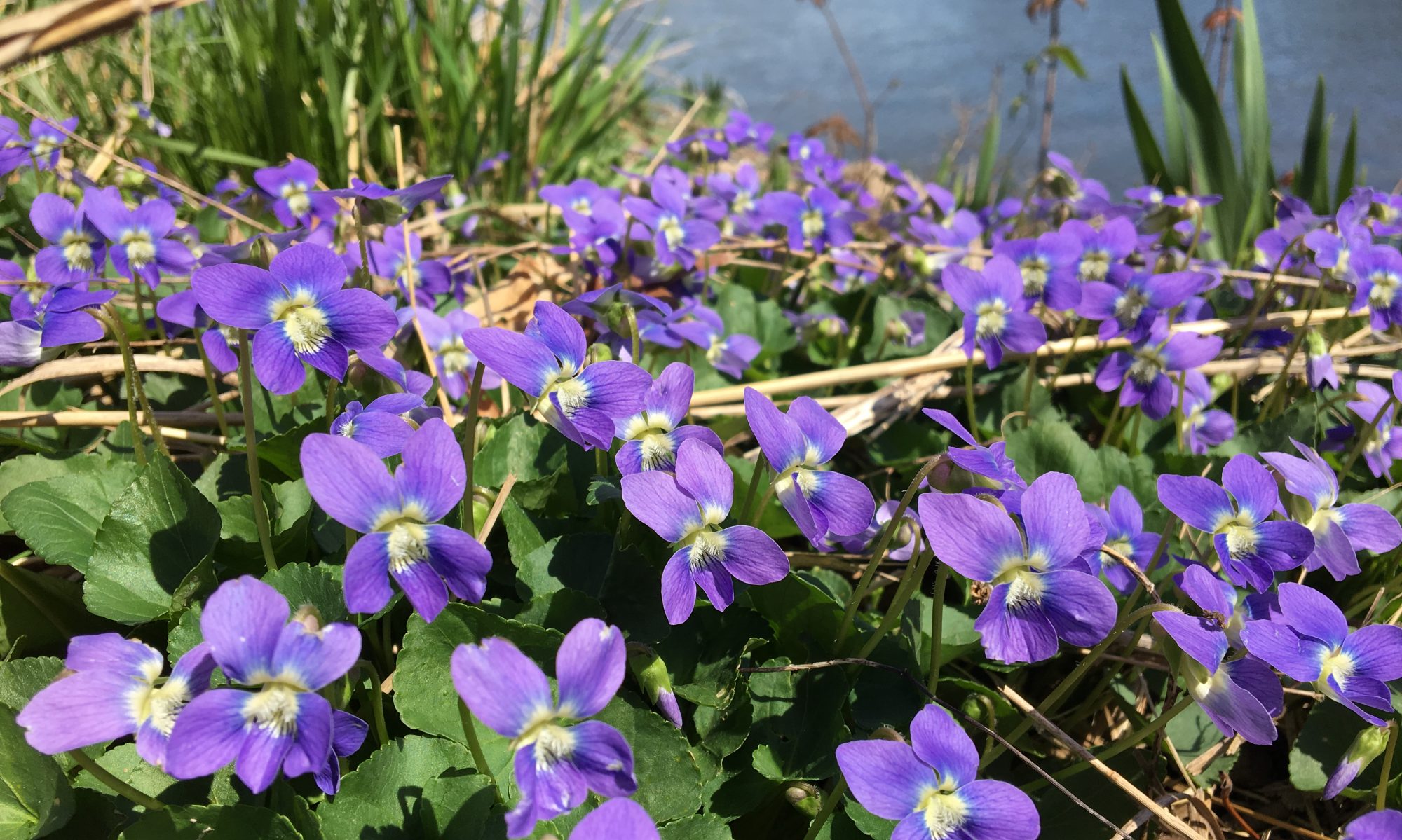Take it easy!
Be sure your garden beds are not too wet. If it’s been raining or snowing and the soil is saturated, you’ll have to postpone your gardening a bit longer.
Shrubs and trees
There is still time to plant trees and shrubs. However, by mid-month it will be a little late to transplant large trees or shrubs.
The months of March, April and May are ideal for pruning evergreens. If you have juniper, cypress or conifer that need shearing or pruning, this is a good time to do it. Remove all dead, diseased, and undesirable wood. Don’t prune back into the bare wood part of the plant.
Prune forsythia after it finishes flowering.
Broadleaf and needle leaf evergreens benefit most from lightly spreading a high nitrogen fertilizer around their bases.
Perennials, annuals and bulbs
April is the month for planting summer flowering bulbs like dahlias, gladiolas and lilies. Mix bulb fertilizer, processes manure and peat moss into the planting soil. Tuberous begonias and canna should not be set outdoors until all danger of frost has passed, so wait until next month.
Plant annual seeds of asters, cosmos, marigolds and zinnias in the garden. When all frost danger has passed you can move your stored fuchsias and geraniums outdoors. Trim them back, feed them and re-pot them if necessary. Water them well. When they have finished blooming, you should deadhead your spring flowering bulbs. Do not cut off the green foliage yet! These green leaves continue to grow and to provide the bulb with food for flowering next year.
Divide perennials like daylilies, delphiniums, iris, chrysanthemums, daisies, and phlox. The additional plants you create can be traded or given to friends, or moved to another part of the garden.
Hybrid tea roses should be fertilized prior to buds beginning to bloom. Using systemic fertilizer will help prevent insect infestation later in the summer, as it feeds your roses. Plant new rosebushes before growth starts and buds swell.
Dig up your garden beds as soon as weather permits. Turn under any cover crops you might have planted last fall. Let the beds settle for a week or so. Break up large clumps. The compost, which has been breaking down unobtrusively in a corner of the yard, may be ready to yield its wealth of organic goodness. Get to the bottom of your compost pole and pull out the most rotted parts to mix up for composted soil. Mix with soil and forced through a screen, this makes the best dressing for covering seeds. Nutrient rich compost improves the texture, water retention, and drainage of your soil.
Prepare for Pests. Kill slugs as you find them. The smaller slugs are greedier than the big ones and can eliminate small transplants overnight. Many pests are attracted to weak and sickly plants, so conditioning the soil not only promotes growth, it can actually deter infestations of aphids, powdery mildew, and blackspot. Use biological controls whenever possible instead of relying on chemical sprays or dusts. Use only organic pest control methods if possible.
Top dress your lawn this month with an inch or two of compost if you didn’t get to it in March. Mixing it with a bit of wood ash ensures strong healthy growth. Once spread, you can also overseed patchy areas.
Repot houseplants. Take them out of their current pots and examine the roots. If they’re root bound, repot with fresh potting soil in larger pots.
Transplant seedlings and young plants once the danger of frost is past. Use plant markers to mark each plant so you’ll remember what you put where. Protect tender plants from wind and pests.
Direct sow early spring vegetables like lettuces, spinach and other spring greens as well as flowers such as nasturtiums. Other flowers that can be directly sown include snapdragons, asters, alyssum, calendula, centaurea (bachelor buttons), pansies, violas, scabiosa, mignonette (evening stock), dianthus, poppy, cosmos, gypsophila, annual phlox, verbena and ageratum. Marigolds can be planted during the last half of the month.
Thin seedlings ruthlessly to encourage growth.
By now you should have some idea of what perennials survived the winter and what needs to be yanked out and replaced. This is also a good time to move plants that may not have been well placed last season. These include hosta, ferns and artemesia. It’s an ideal time to space plants out, especially if you are susceptible to that common malady of cramming too much into too small a space.
If the ground isn’t frozen, plant bulbs. Prepare hole with a bit of bone meal first, then plant.
Sow herbs such as chives, parsley, sage, dill thyme, marjoram, etc. in open spots in border areas.
Start summer veggies in individual pots indoors now. They will be ready to transplant in May and early June.
